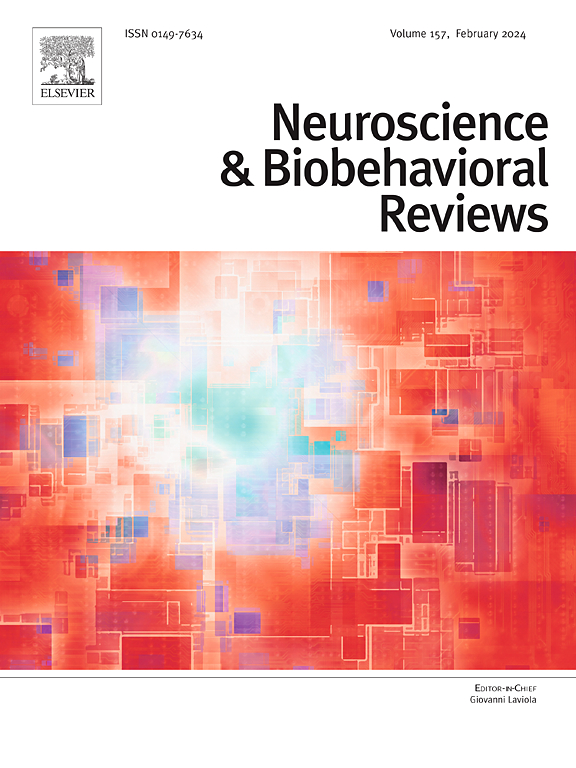A systematic review of epidemiological studies of life course socioeconomic status and adult structural brain changes
IF 7.5
1区 医学
Q1 BEHAVIORAL SCIENCES
引用次数: 0
Abstract
Introduction
Disadvantaged socioeconomic status (SES) are linked with adverse cognitive outcomes in ageing and heightened dementia risk. Few studies have examined relationships between life course SES and adult structural brain changes that may be associated with cognitive decline.
Aims
This systematic review assesses evidence from neuroimaging based epidemiological studies that have explored relationships between life course SES and adult structural brain changes.
Methods
Embase, PsycINFO and Medline from inception to November 2020 were systematically searched according to strict search criteria which captured studies examining relationships between life course SES and adult structural neuroimaging changes. Bibliographies and citations of relevant papers were selected. Searches were limited to English language publications.
Results
Amongst 8134 search results, 91 unique titles were screened and 24 studies selected. All 24 studies demonstrated at least partial relationships between disadvantaged life SES and adverse structural brain changes. Selected studies utilised diverse structural imaging techniques, neuroanatomical sites and operational definitions of life course SES. The methodological approaches and statistical analysis varied significantly between studies. We specifically discuss the neurobiological interpretation of Diffusion weighted MRI based studies and MRI volumetric studies investigating associations between life course SES and adult brain structural changes and the wider global health implications of these studies.
Conclusion
Disadvantaged life course SES may have associations with structural brain changes which underlie adverse ageing outcomes. Given heterogeneity of study designs and operationalisation of SES, the cross-sectional design of studies and wide-ranging neuroimaging modalities any association should be considered with caution. Mediatory mechanisms including malnutrition, stress, markers of inflammation, hormonal changes and cognitive reserve and health behaviour are presented in selected studies. Targeting life course SES in public health-based interventions may offer approaches to maintain healthy brain structure and function in ageing.
求助全文
约1分钟内获得全文
求助全文
来源期刊
CiteScore
14.20
自引率
3.70%
发文量
466
审稿时长
6 months
期刊介绍:
The official journal of the International Behavioral Neuroscience Society publishes original and significant review articles that explore the intersection between neuroscience and the study of psychological processes and behavior. The journal also welcomes articles that primarily focus on psychological processes and behavior, as long as they have relevance to one or more areas of neuroscience.

 求助内容:
求助内容: 应助结果提醒方式:
应助结果提醒方式:


